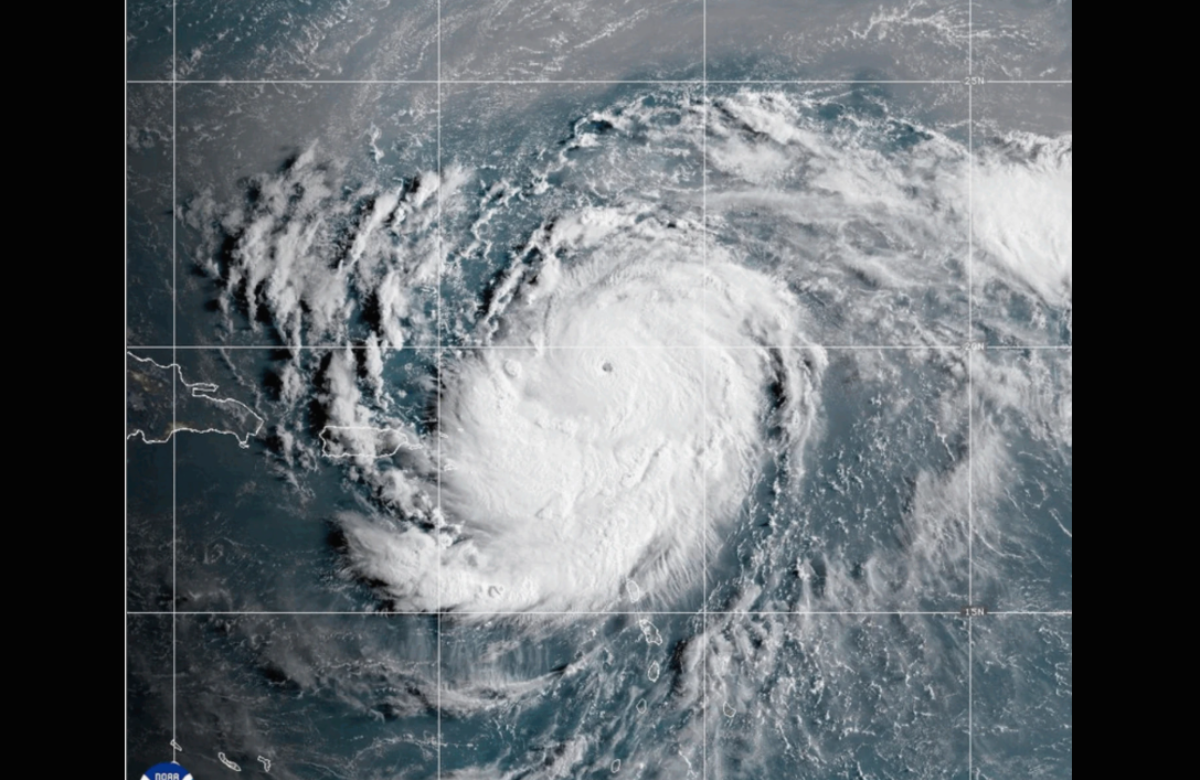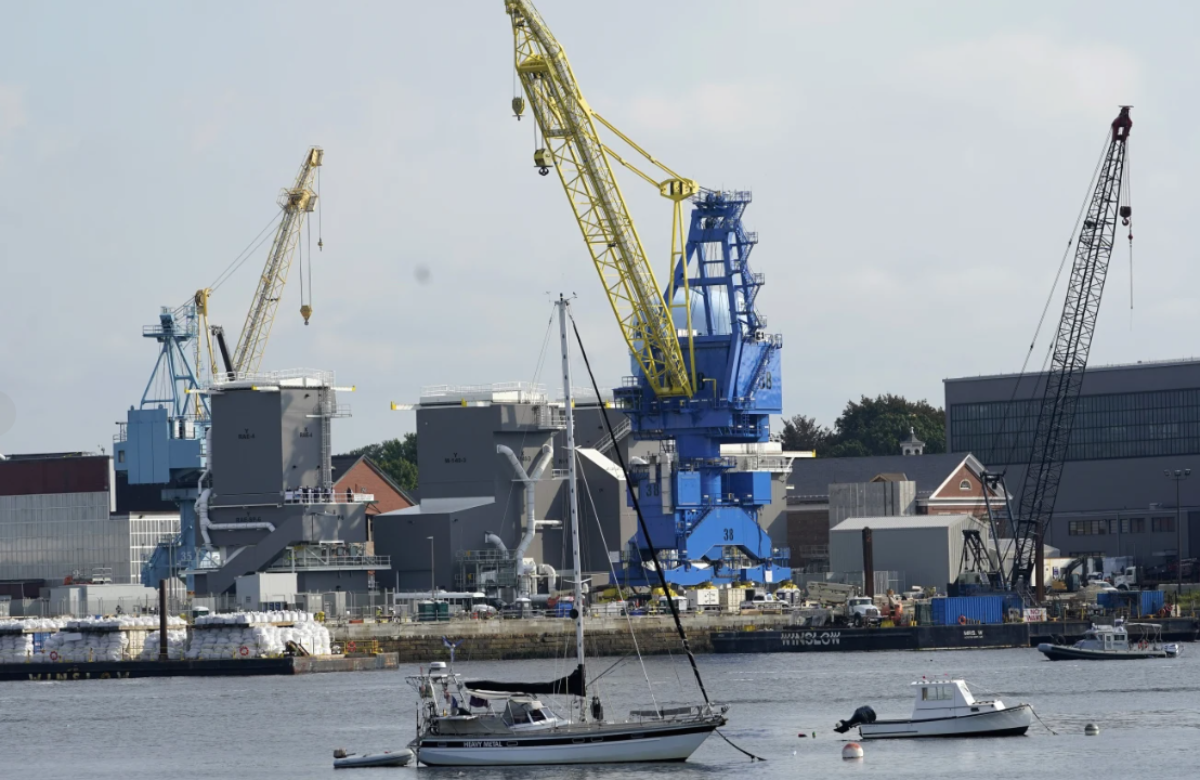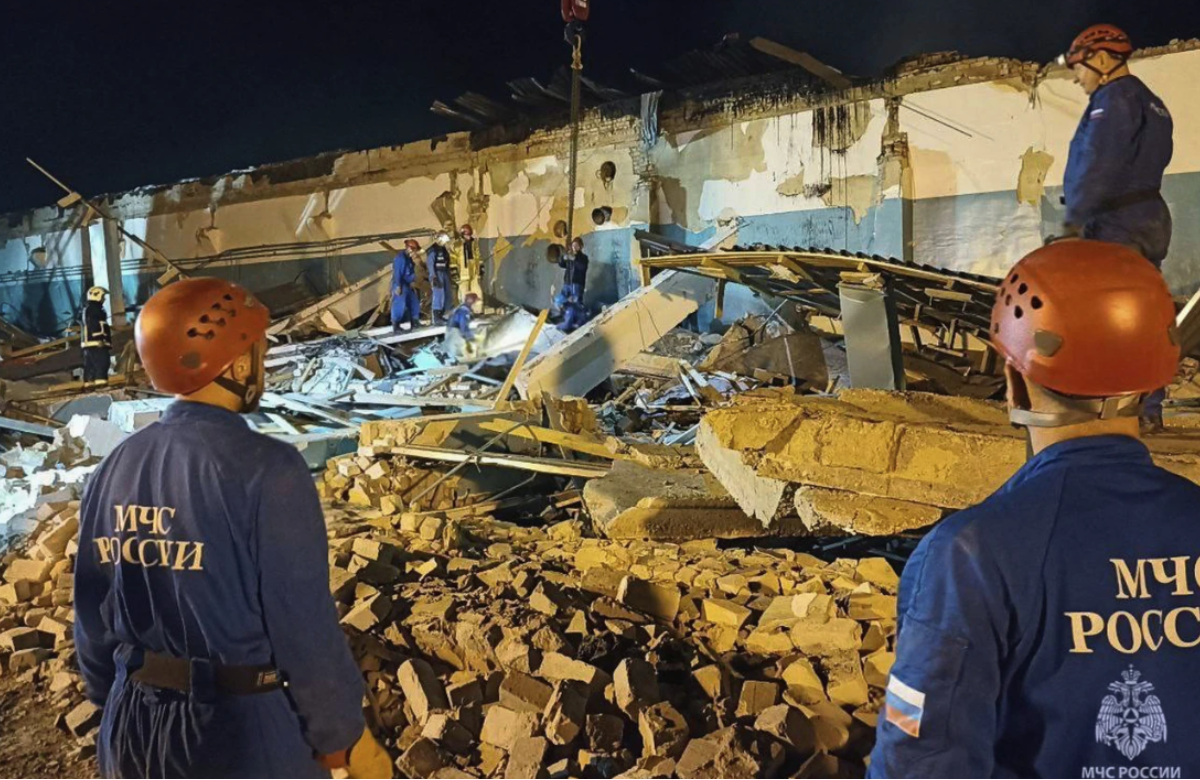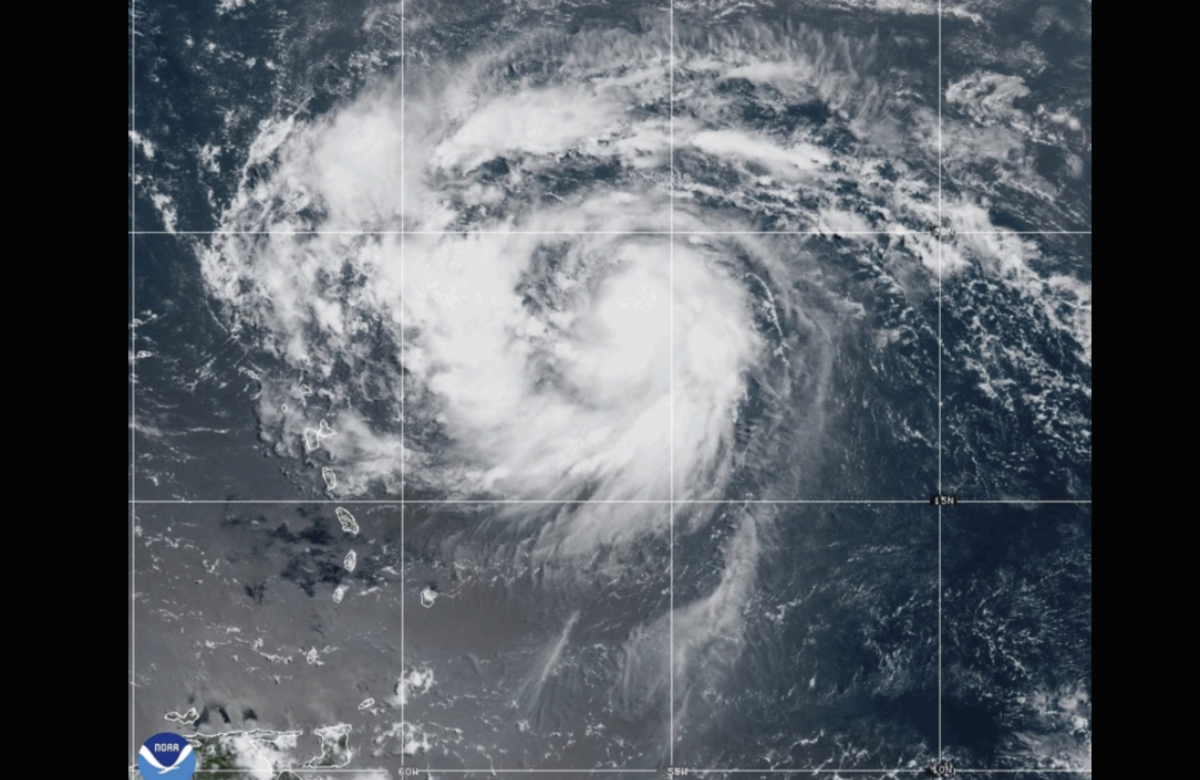North Korea appears to be nearing the completion of its first airborne early warning aircraft, based on recent satellite imagery. This development, experts say, will significantly enhance the country’s air force capabilities once the aircraft is operational.
While North Korea’s nuclear and missile programs pose a serious security risk to South Korea, the U.S., and other nations, its aerial surveillance capabilities have been far behind those of its adversaries, with most of its fighter jets and military aircraft being outdated.
According to 38 North, a website focused on North Korea studies, commercial satellite images from Tuesday showed an Ilyushin IL-76 aircraft stationed at an airport in Pyongyang, with a large radome mounted on top of its fuselage. A radome is a structure that covers a radar system. The report highlighted that the nearing completion of this aircraft represents a major upgrade for an air force that has not seen new airborne capabilities in several years.
The website noted that the radome on the aircraft features a unique triangular design, similar to those seen on some Chinese airborne early warning aircraft, but not on U.S. or Russian models. The website suggested that this design could imply potential support or influence from China, although it emphasized that the triangle alone does not provide definitive evidence of such ties.
The aircraft, one of three IL-76s previously operated by North Korea’s national airline, Air Koryo, was moved into an airport maintenance facility in October 2023. Work began on the top section of the fuselage shortly after. By November, the aircraft, which had not yet been fitted with the radome, was relocated to an adjacent hangar. It remained there until late February, when it was seen outside with the radome attached.
Jung Chang Wook, head of the Korea Defense Study Forum think tank in Seoul, explained that the aircraft would be capable of detecting and tracking enemy planes and military assets, transmitting this information to ground-based centers. If equipped with technology to distribute this data and control its air and other assets, it would allow North Korea to conduct military operations more swiftly.
Jung Chang Wook described the new development as North Korea’s air force “opening their eyes,” referring to the enhanced surveillance capabilities the airborne early warning aircraft will provide. He added that North Korea would need at least four of these aircraft to effectively monitor South Korea around the clock. The planes would rotate between surveillance missions, maintenance, and training. In comparison, South Korea currently operates four U.S.-made airborne early warning and control aircraft, with plans to acquire four more.
In late 2023, North Korea launched its first spy satellite into orbit, although its capabilities remain a subject of skepticism among foreign experts.













